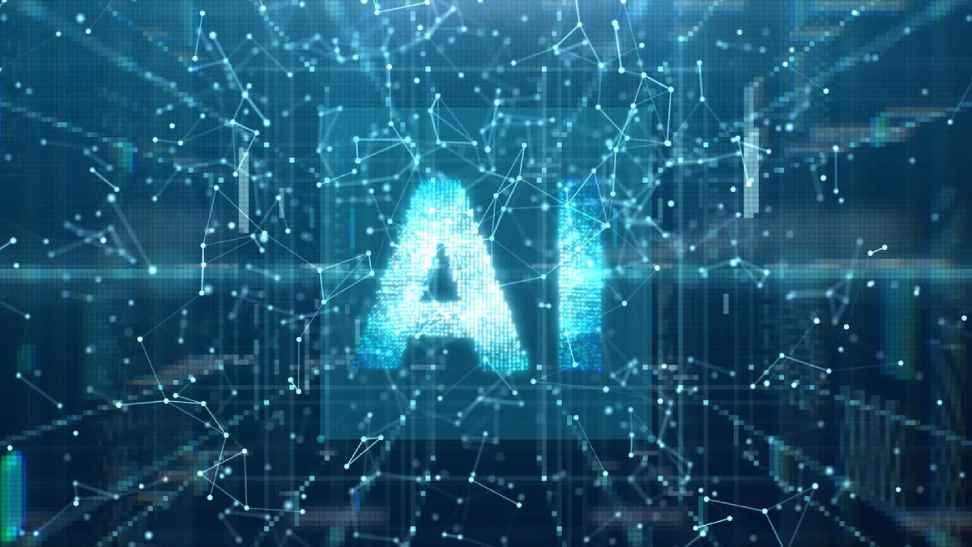100exch, Matchexch9, Laser 247.com: When it comes to implementing artificial intelligence (AI) in transportation, a major challenge that arises is the need for a significant amount of data to train AI systems effectively. The transportation sector deals with vast amounts of constantly changing data, ranging from traffic patterns and road conditions to weather forecasts and vehicle locations. Ensuring that AI algorithms have access to diverse and accurate data sets is crucial for their success in making informed decisions in real-time.
Another obstacle in integrating AI into transportation is the complex regulatory environment that governs the industry. Developing and deploying AI-powered solutions in areas such as autonomous vehicles requires navigating a maze of regulations and standards across different jurisdictions. Ensuring compliance with safety, privacy, and liability laws presents a formidable task for stakeholders looking to capitalize on the potential benefits of AI in transforming the transportation landscape.
Benefits of Autonomous Vehicles in Reducing Traffic Congestion
In the realm of transportation, autonomous vehicles are emerging as a promising solution to alleviating traffic congestion in urban areas. By employing advanced technologies such as sensors and artificial intelligence, these self-driving vehicles can navigate through traffic with precision, minimizing delays and bottlenecks on the roads.
The ability of autonomous vehicles to communicate with each other and coordinate movements translates into smoother traffic flow and reduced instances of sudden stops or abrupt accelerations. This fluidity in traffic patterns not only enhances the overall efficiency of road networks but also contributes to a more seamless and less stressful driving experience for commuters.
� Autonomous vehicles can navigate through traffic with precision, minimizing delays and bottlenecks on the roads.
� These self-driving vehicles can communicate with each other to coordinate movements, leading to smoother traffic flow.
� Reduced instances of sudden stops or abrupt accelerations contribute to a more seamless driving experience for commuters.
� The overall efficiency of road networks is enhanced by the fluidity in traffic patterns created by autonomous vehicles.
Impact of AI on Public Transportation Systems
99 Exchange, Big Exchange ID, Maxwin9: AI has been transforming public transportation systems worldwide by optimizing route planning, enhancing scheduling efficiency, and improving overall service quality. By leveraging AI algorithms, transportation authorities can analyze large volumes of data to predict demand patterns, adjust service frequencies, and optimize transit routes in real-time. This not only reduces operational costs but also improves the overall passenger experience by minimizing wait times and ensuring smoother travel experiences.
Moreover, AI-powered predictive maintenance systems help prevent service disruptions by identifying potential equipment failures before they occur. By constantly monitoring the condition of vehicles and infrastructure, public transportation agencies can proactively address maintenance issues, ensuring that vehicles are in optimal condition and minimizing downtime. Ultimately, the integration of AI in public transportation systems paves the way for more reliable and efficient services, benefiting both commuters and the environment.
What are some challenges in implementing AI in transportation systems?
Some challenges include infrastructure upgrades, regulatory hurdles, data privacy concerns, and public acceptance of new technologies.
How can autonomous vehicles help in reducing traffic congestion?
Autonomous vehicles can help reduce traffic congestion by optimizing traffic flow, minimizing car accidents, and enabling vehicle platooning for more efficient use of road space.
What are some of the benefits of AI in public transportation systems?
AI can improve scheduling and route planning, enhance safety and security measures, reduce operational costs, and enhance the overall passenger experience.
Will AI completely replace human drivers in public transportation systems?
While AI technology is advancing rapidly, it is unlikely that humans will be completely replaced by AI in the near future. However, AI can supplement human drivers and enhance the efficiency of public transportation systems.

